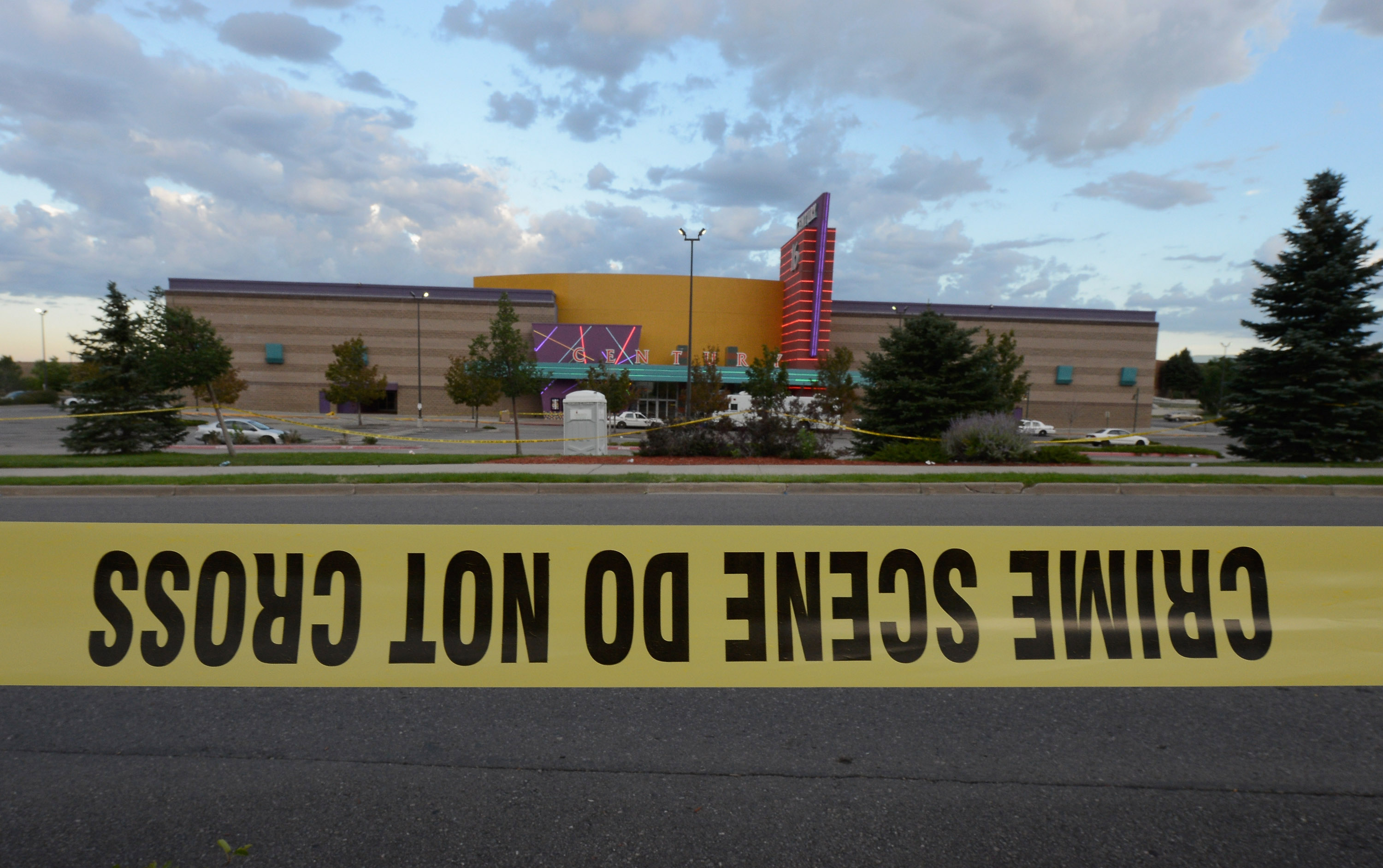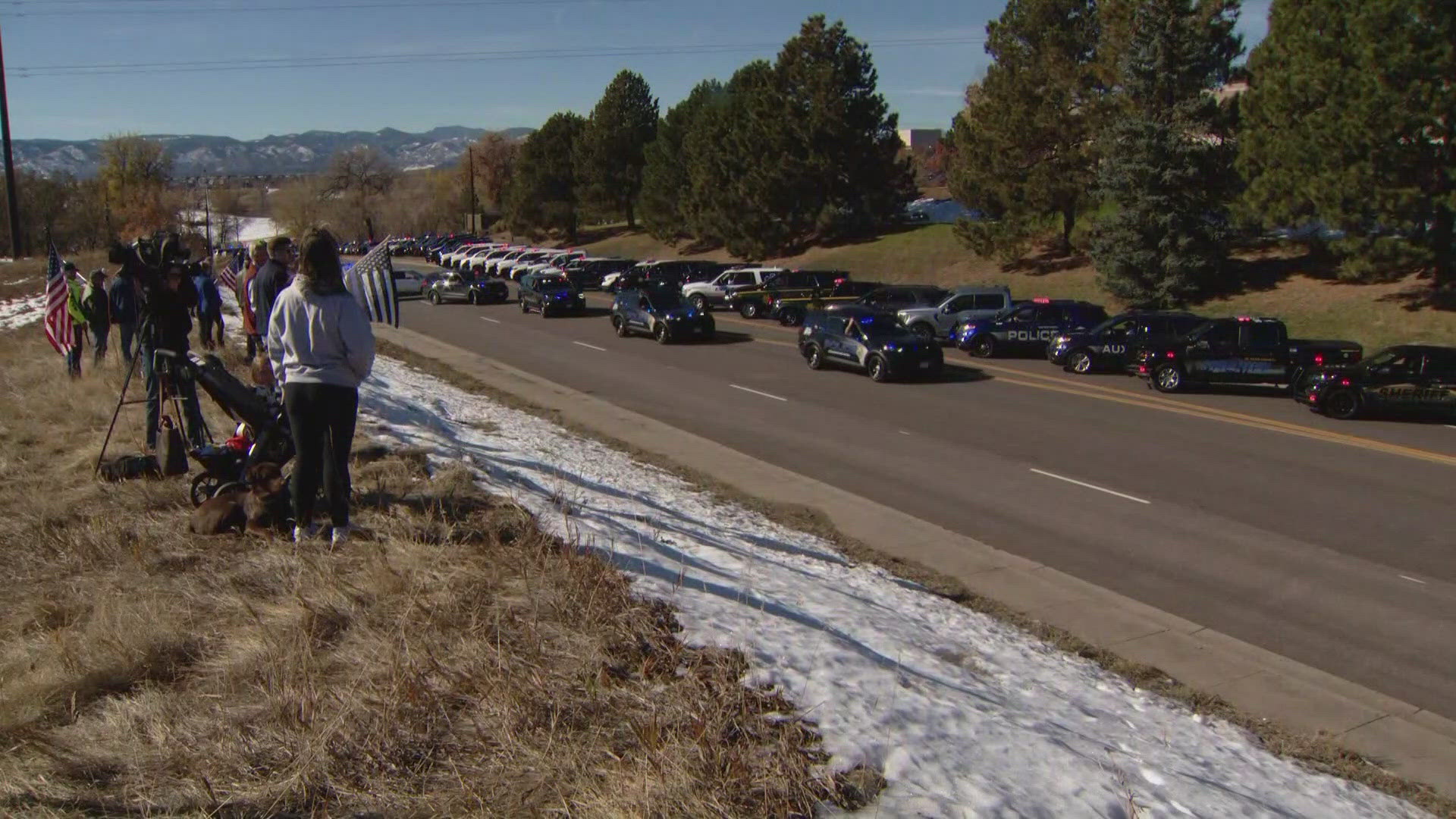KUSA - An independent review of the City of Aurora's response to the Century 16 Theater shooting offers 80 recommendations for improvement, but it also concludes the outcome "could not have been better in terms of lives saved and rapid arrest."
The After Action Report, produced by TriData Division from Arlington, Va., focused on the first three days after the July 2012 shooting. The report was completed in April, but it was not released until Wednesday.
"The delay was due to a court-imposed gag order on information connected with the case, which has not yet come to trial," the report reads.
The report commends the joint effort of Aurora's public safety agencies. It says the first police unit arrived on the scene within two minutes of the first 911 call. The report also says all victims with "survivable" serious wounds were "rapidly triaged, transported to nearby hospitals, and recovered." The investigation found police and coroner's employees were able to speed up confirmation of the dead by taking fingerprints while the victims' bodies were still inside the theater.
The report addresses 80 recommendations for improvement, most of which have already been implemented in the aftermath of the tragedy.
The top area for improvement involved the failure of police and fire officials to establish a single, unified command area within the first hour after the shooting. This prevented ambulances from getting in closer to victims. Of the patients taken to the hospital, 27 went in police cars and 20 went in ambulances.
The review found deficiencies in police-fire radio communications. According to the report, "some critical messages were either not successfully relayed to recipients or not understood." The communication problems were caused, in part, by the large volume of radio traffic.
The report also reported problems in risk assessment. At the shooting scene, first responders were unaware a suspect had been arrested. The investigators recommended better training of paramedics on entering a "warm danger zone" under police protection. The report also noted Aurora has recently trained police officers in combat medical skills and provided them with tactical medical kits to help in future emergencies.
"It's fair," Aurora Mayor Steve Hogan said. "It points out that overall the City of Aurora did a good job and bottom line, the guy who did was arrested within a couple of minutes and anyone who could be saved was saved."
The After Action Report explained how Aurora police officers were able to make a quick, large-scale response. District 2 "swing" shift officers wrap up their day at 1 a.m. At 12:39 a.m., most were waiting debriefing at their building, less than a mile from the Century 16 theater. Because of shift overlaps, there were 126 offices on duty in Aurora at the time of the shooting. Fourteen police units were on scene within five minutes. Fifty-five Aurora police units were on scene within 15 minutes.
Because unified command had not been established within the first hour, officers radioed for medical assistance without coordinating.
"This resulted in duplicate requests, unnecessary radio traffic and an inability to control and prioritize use of EMS resources," the report concluded.
Ambulances could not get through the "maze" of vehicles and curbs to get closer to the theater, in part because police did not provide - and fire officials did not ask for - directions to access clusters of victims.
The report says if officers had not decided to transport victims without waiting for commander approval, which was against protocol, "a few more victims likely would have died, according to hospitals." More than one officer said if they would have known fire/EMS was not going to arrive quickly, they would have made the decision to transport by police car sooner.
Investigators concluded, as a result of what happened in Aurora, "rapid transport of gunshot wounds in police cars, instead of waiting for ambulances, may become a more accepted practice nationally."
"There is a recognition there are some lessons to be learned and some of the things we'll be criticized over, maybe not criticized, at least questioned over, are legitimate questions," Hogan said.
The report concludes:
"While there are things to improve, as is always found in hindsight, the City of Aurora should be proud of its response to the largest civilian shooting in U.S. history."
Seventy people were shot at the Century 16 Theater during a midnight showing of a Batman movie on July 20, 2012. Twelve people died. The suspect is still awaiting trial for murder.
"God forbid another event would happen, but if it did, Aurora would not be responding the same way that it did, a little more than two years ago," Hogan said.
9NEWS is still reviewing the 188-page document and will post updates as they become available.
9Wants to Know investigated the "scene safe" protocol in 2010 after the Aurora Fire Department waited a mile away from a shooting victim even though Aurora Police officer's begged for rescue to help. Eventually, that officer put the victim in his police cruiser and drove him to the waiting ambulance who then transported him to the hospital. A review of that situation prompted the Aurora Police and Fire to change their "scene safe" policy. Before, firefighters were ordered to wait until a police officer said the words "scene safe" before entering a scene. The policy change allowed Aurora firefighters to standby and wait for police to secure the scene and request them inside or decide for themselves to enter the scene to rescue and treat people.
(KUSA-TV © 2014 Multimedia Holdings Corporation)


